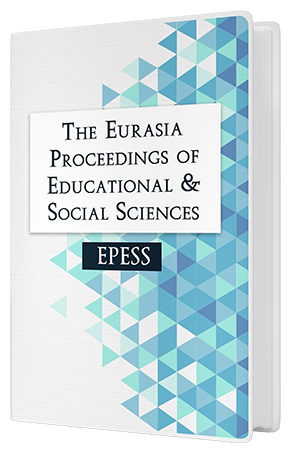Development of Manipulative Media “Brusil Board” for Curved Side Space
DOI:
https://doi.org/10.55549/epess.845Keywords:
Brusil board, Curved sided space, Manipulative mediaAbstract
Curved-sided space is a math material taught at the junior high school level. This material is considered difficult for students because there are so many formulas that must be understood as well as memorized. Therefore, learning media is needed that can help the above problems. This research aims to produce a valid and practical Brusil Board manipulative media used by teachers and students in learning activities for the volume of curved-sided space. The type of research used is Research and Development with the ADIIE model which consists of 5 stages including analysis, design, development, implementation, and evaluation stage. The test subjects consisted of ten students of the master of mathematics education. The research instruments used include validation sheets and student response questionnaires. The results show that the total average percentage of the validation test was 84.25% from the experts and the total average percentage of the practicality test was 90% from the test subjects. So, it can be concluded that the Brusil Board manipulative media is declared very valid and practical to be used by teachers and students in learning so that the concept of volume of curved-sided space can be well constructed in students' knowledge.
Downloads
Published
How to Cite
Issue
Section
License
Copyright (c) 2024 The Eurasia Proceedings of Educational and Social Sciences

This work is licensed under a Creative Commons Attribution 4.0 International License.
The articles may be used for research, teaching, and private study purposes. Any substantial or systematic reproduction, redistribution, reselling, loan, sub-licensing, systematic supply, or distribution in any form to anyone is expressly forbidden. Authors alone are responsible for the contents of their articles. The journal owns the copyright of the articles. The publisher shall not be liable for any loss, actions, claims, proceedings, demand, or costs or damages whatsoever or howsoever caused arising directly or indirectly in connection with or arising out of the use of the research material. All authors are requested to disclose any actual or potential conflict of interest including any financial, personal or other relationships with other people or organizations regarding the submitted work.




